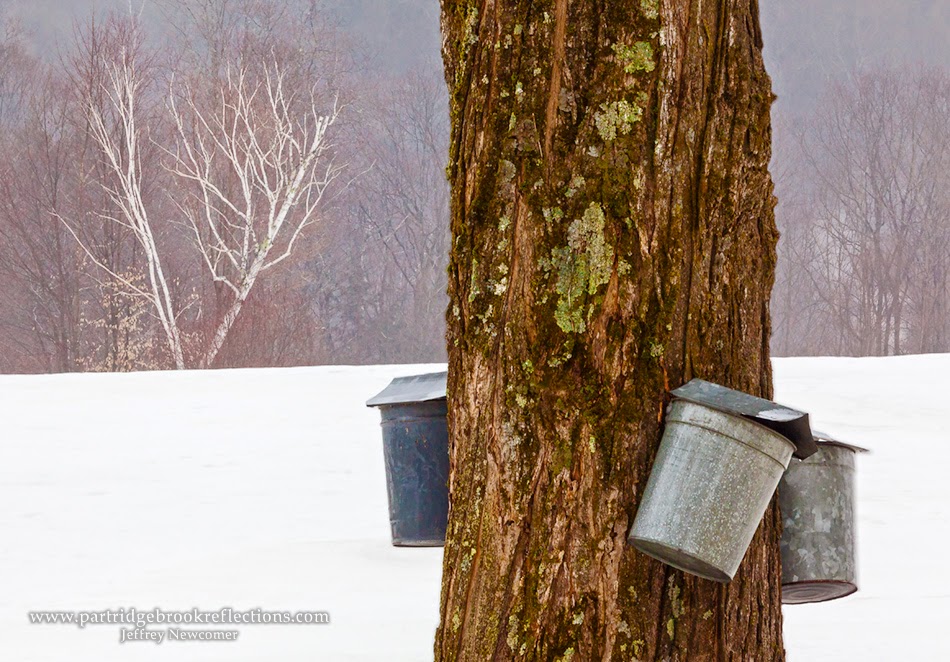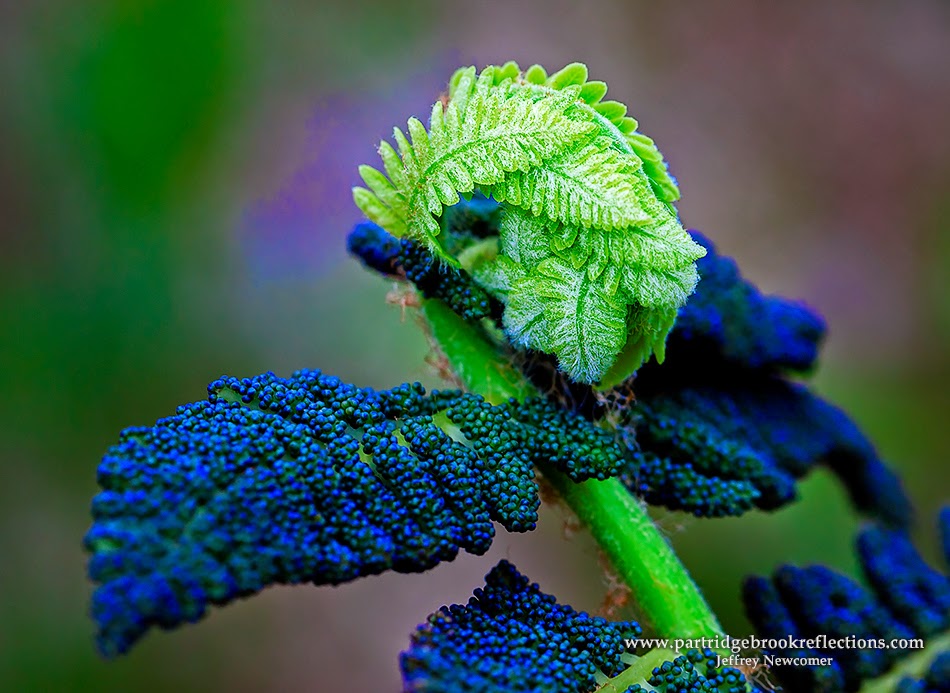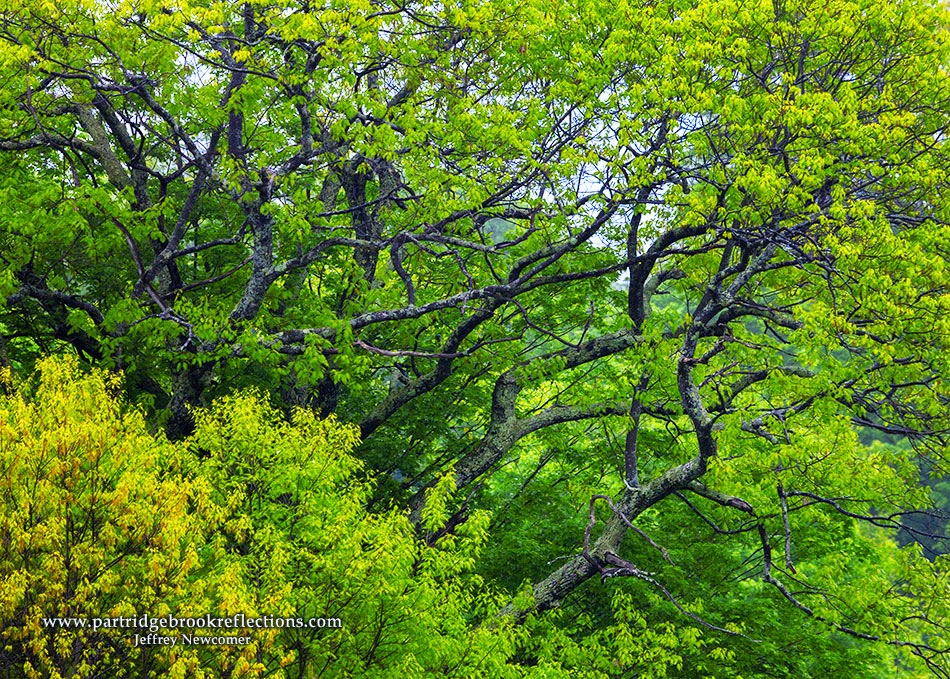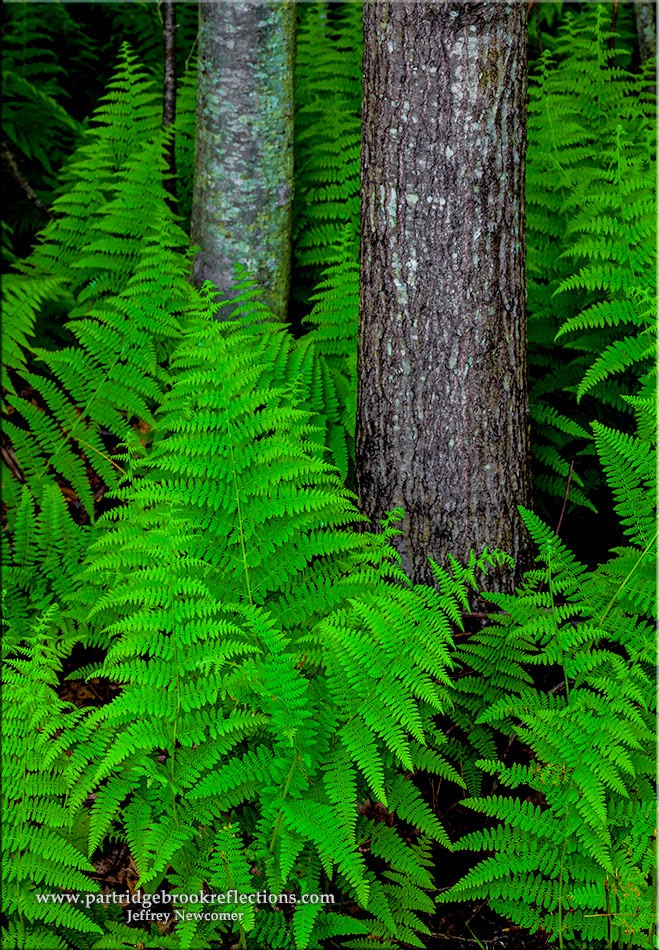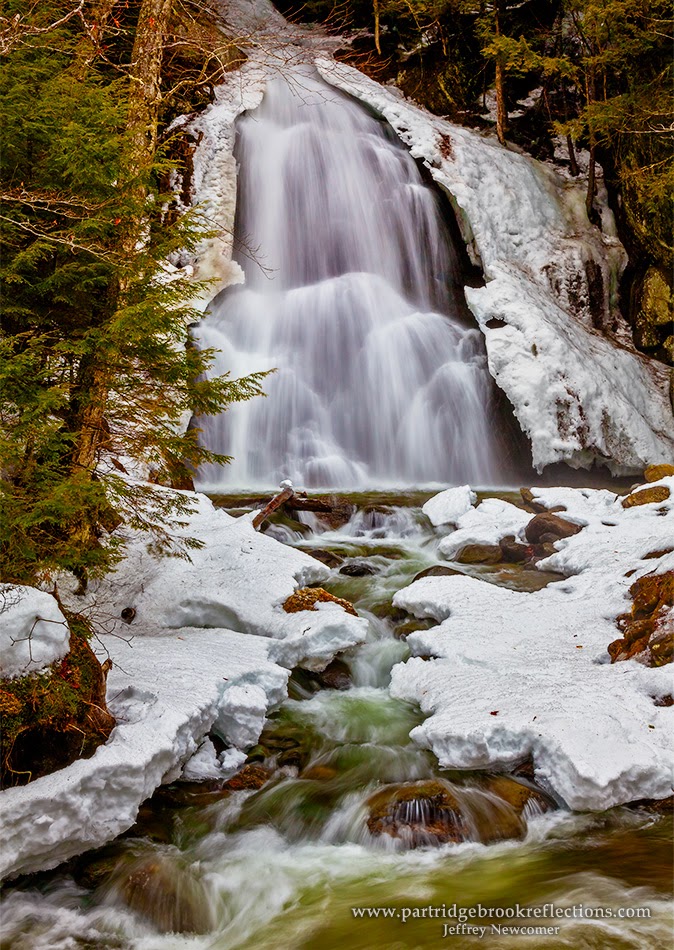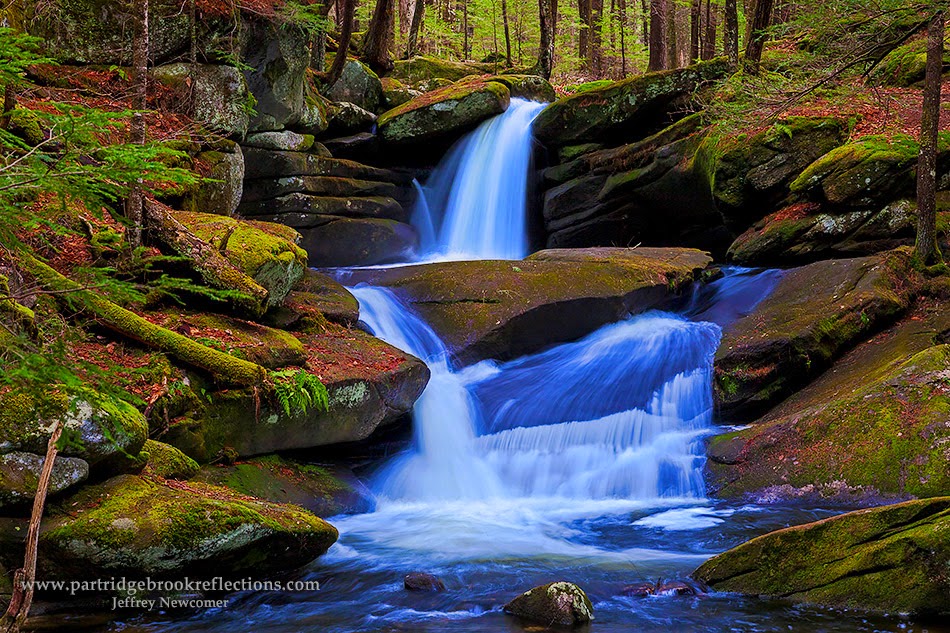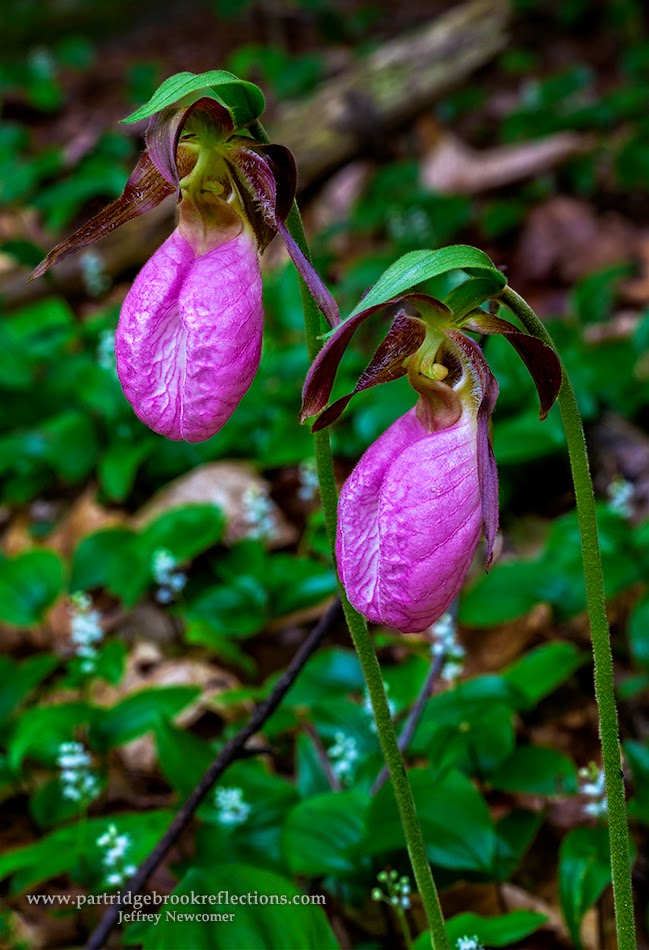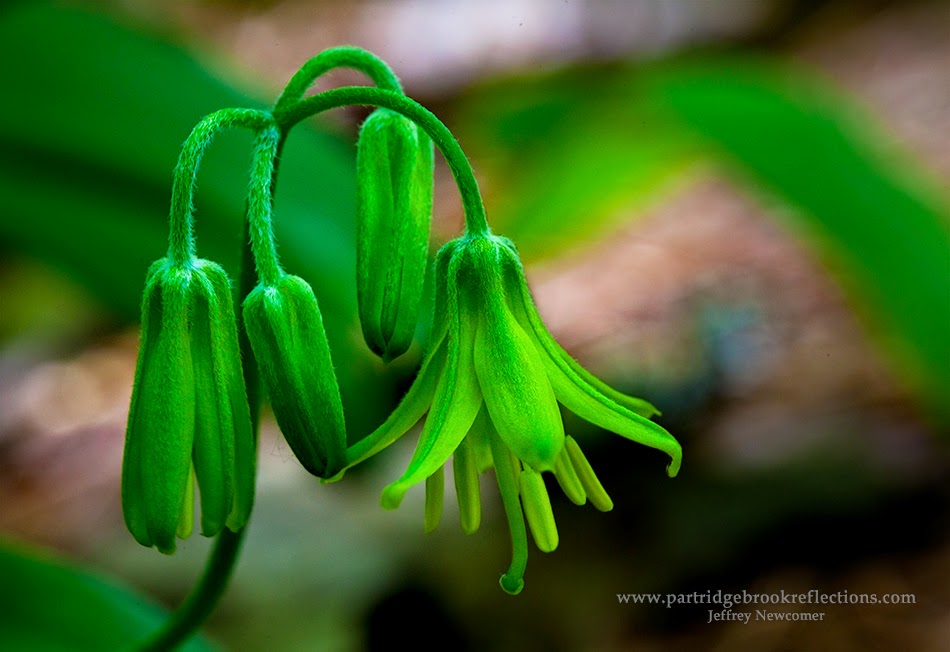 |
| My Eagles. Shudder Controlled |
Lessons Learned While Capturing My Eagles
Over the years I have prefaced every one of my articles which show birds with a disclaimer insisting that I am NOT a bird photographer. I've made it clear that I generally consider birds to be feathery obstructions that occasionally get in the way of my landscapes, but as I think of my photography projects in the last
 |
| Juvenile Eagle Approach |
My Eagles
 Over the last few years I have developed a sense of attachment to what I consider my local Bald Eagles. We have an impressive nest high atop a dead tree on the Dummerston side of the Connecticut River across from the River Road in Chesterfield New Hampshire. For many years, the nest has been home to a pair of Bald Eagles and over the last three years I have been watching, sadly unsuccessfully, for eagle hatch lings to emerge. Still it is a great place to observe Eagle behavior and to catch these majestic birds as they fly too and from their perch. It has been through my various misadventures trying to capture these birds that I have learned a great deal about the challenges of bird photography.
Over the last few years I have developed a sense of attachment to what I consider my local Bald Eagles. We have an impressive nest high atop a dead tree on the Dummerston side of the Connecticut River across from the River Road in Chesterfield New Hampshire. For many years, the nest has been home to a pair of Bald Eagles and over the last three years I have been watching, sadly unsuccessfully, for eagle hatch lings to emerge. Still it is a great place to observe Eagle behavior and to catch these majestic birds as they fly too and from their perch. It has been through my various misadventures trying to capture these birds that I have learned a great deal about the challenges of bird photography. I remain a landscape photographer who only occasionally, and mostly ineptly, tries to capture birds, but, with profound apologies to my many skilled birding friends, here is are a few of the things that I have learned. This discussion is primarily focused on my stumbling attempts to picture the magnificent Dummerston Bald Eagles.
Size Does Matter
The greatest challenge is distance. The nest lies across the Connecticut River nearly 250 yards away and, even with my nice 400mm lens, the birds are frustratingly small on the sensor. As I cropped in on the images I lost most of the detail in the feathers and
 |
| Through the Vermont Trees |
Longer Glass / Tighter Wallet
 |
| Distant Nest |
Over the last two seasons I have been aiming my 800mm on the nest from the edge of the River Road in West Chesterfield. I firmly attached the lens to my tripod and then waited for the action to begin. I have captured a few nice shots, but my results have often been disappointing. Even with the longer lens the images required considerable cropping in post and too often the images were either uniformly blurry or obscured by excessive noise. I came to understand that a number of factors were affecting my results, that they were all interrelated and often confounding. A discussion of the effects of aperture, shutter and ISO in this situation provides a nice illustration of how these factors must always be balanced to find the best results.
The Challenges
Critical Focus

Even at over 200 yards the depth of field of my 800mm lens is quite shallow. To reliably achieve sharp focus on the nest I needed to zoom in on Live View in my LCD screen and, even then, I could only hope that the Eagles would approach the nest within a similar plane. Sometimes I got lucky. I generally used f 11 which is the widest aperture possible with this combination of lens'. I could have slightly broaden my depth of field by stopping down on the aperture, but smaller f stops would make it more difficult to use the fast shutter speeds needed to freeze the action :
Stopping the Action

The advantage of being able to focus on the nest was that I could catch the eagles in flight as they approached or departed. I found that I needed to use a minimum shutter speed of 1/600 - 1/800th of a second to stop the birds in flight, but, except when the birds briefly hovered before landing, this wasn't fast enough to freeze the motion of their wings. These fast shutters were only possible with increases in the ISO setting :
High ISO and Noise
 |
| Magnified Noise |
The widest aperture available at 800mm was only f11 and, especially in dimmer light, this required ISO settings of 800 or higher. Rarely, on exceptionally bright days I was able to get away with an ISO of 400. These high ISOs led to difficulties with digital noise, a problem that was magnified by the need to zoom in on the images in post. It was always a delicate process, balancing noise reduction against the loss of important detail.
Photography is always about finding the best balance between competing factors and I believe I'm beginning to understand how to manage that critical balance for my eagles. I first nail the focus to the nest and then try to find the optimal compromise between the settings of shutter, aperture and ISO, but the final problem was controlling camera motion and at 800 mm that was a tougher challenged.
The Shudder
Despite paying careful attention to all of these factors, I was still
 |
| Camera Shudder Mess - Great Shot Missed |
Solutions?
I have discussed in previous articles techniques to stabilize a camera for hand-held shooting, but with 800mm you definitely need a tripod and also some seriously careful technique.

 |
| Juvenile Eagle Approach |
My first approach was to set up my tripod close to the car where I could partially shield the camera with the opened car door. I switched to my heavier aluminum tripod and added extra weight by hanging my camera bag to the center post, but my results were still inconsistent. The wind seemed to be the major issue and It finally occurred to me to bring the camera and lens into the protection of the car.
 |
| The Solution ? |
 |
| Nesting Materiel |
 I have I experimented with other measures to further increase stability and reduce shudder including using a small bungee cord to tie down the proximal portion of the lens and switching to live view to freeze the mirror as the eagles approached, but these additional measures seemed to add no significant improvement
I have I experimented with other measures to further increase stability and reduce shudder including using a small bungee cord to tie down the proximal portion of the lens and switching to live view to freeze the mirror as the eagles approached, but these additional measures seemed to add no significant improvement  over the effect of moving the camera into my mobile blind. Of course being enclosed within the car provided the significant added advantage of making it more comfortable to endure the hours of waiting for the action to arrive. None of this could make up for the fact that the eagles remain a long freaking way away, but my results have been the best that I have been able to obtain. Check the image at the top of the article.
over the effect of moving the camera into my mobile blind. Of course being enclosed within the car provided the significant added advantage of making it more comfortable to endure the hours of waiting for the action to arrive. None of this could make up for the fact that the eagles remain a long freaking way away, but my results have been the best that I have been able to obtain. Check the image at the top of the article. |
| In the trees, Sharp focus, No Shudder |
 |
| What Better End Image? |
There is nothing more frustrating than to spend hours waiting for the eagles to return only to get home to find that the images are a fuzzy mess. I now feel I have an approach which should provide me with a better chance of capturing decent images. All that is left is to keep returning in hopes that we may be witness to a successful breeding season. I've also got some solid leads on other area nests that may allow a closer approach.
My god! I sound like a freaken birder!
QUICK! - I need a tree to photograph!
Jeffrey Newcomer
Partridgebrookreflections.com


